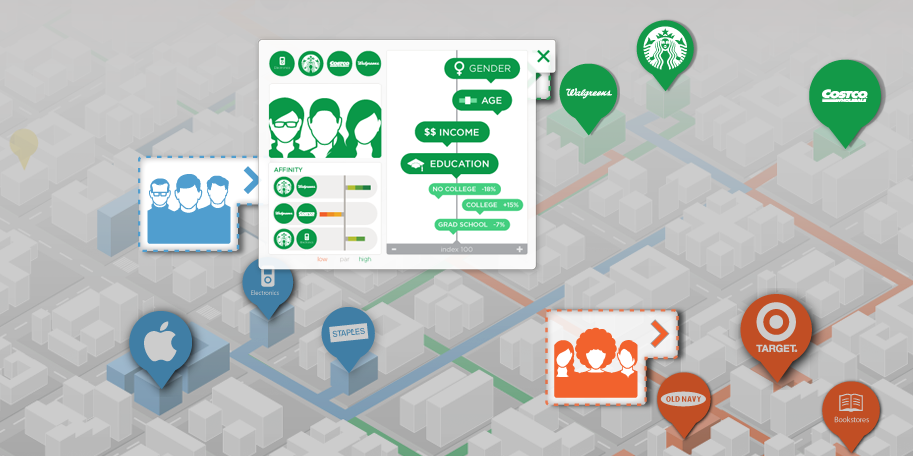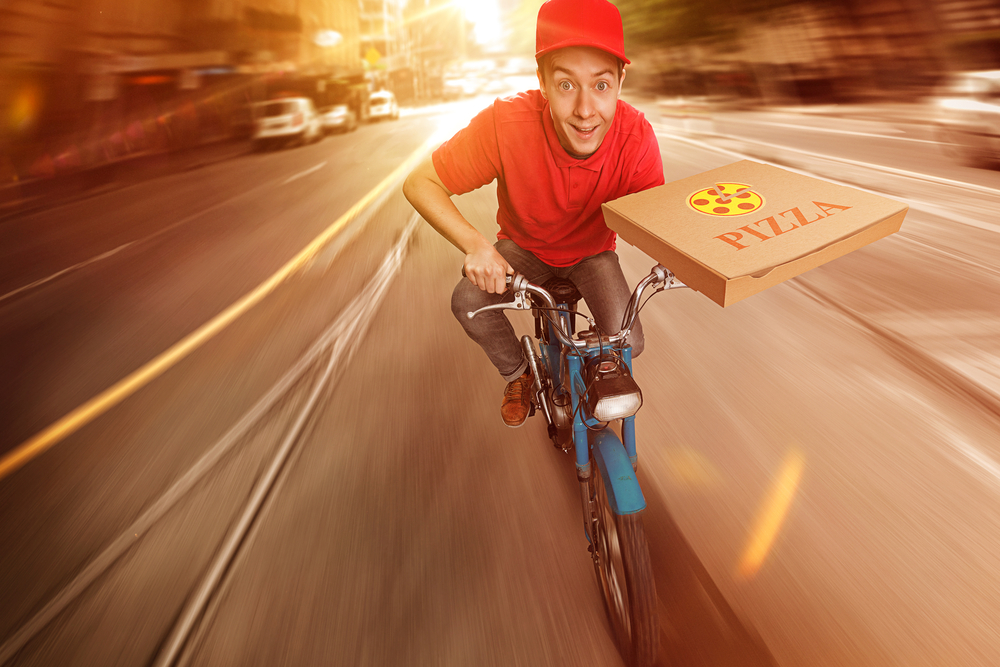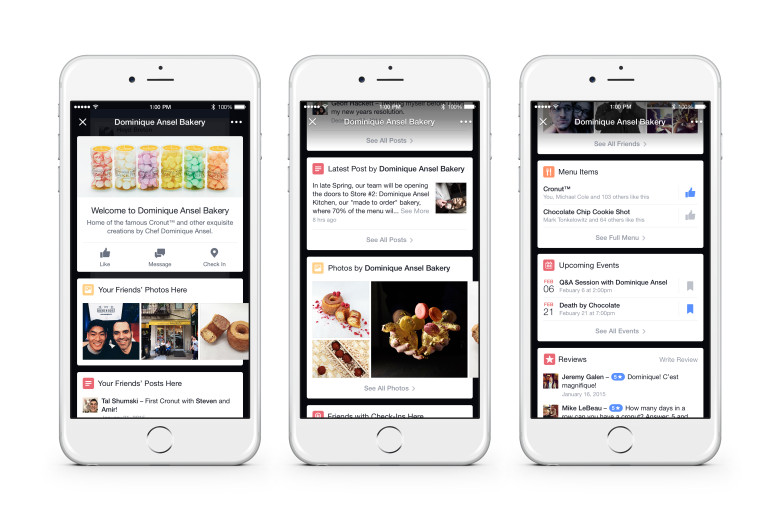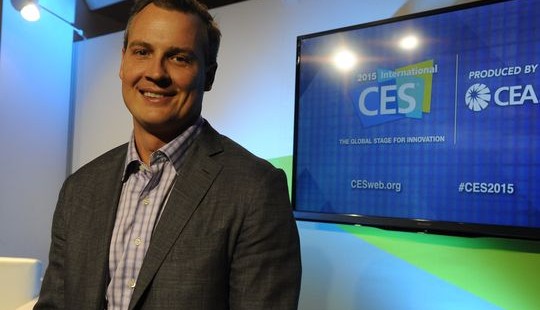Straight from Austin, TX, we talk with Mark Ladd about how Lyteshot’s innovative platform can bring digital gaming into the real world, as well as leverage hyperlocal retail experience.
Tag: Hyperlocal

How Pandora’s New Feature Can Help Artists And Brands
Read original story on: Re/code
Popular Internet radio service Pandora is launching a pilot test this week that will allow music artists to send personalized audio messages to the listeners, which the company foresees will be used to plug upcoming tours and new albums, or simply to provide context on a particular song.
More interestingly, the company also mentioned its plan to make this new Artist Audio Messaging feature geo-targeted and hyperlocal. This means that soon artists and brands alike on Pandora will be able to target fans in a specific city or region with relevant, localized messages.

Snapchat Is Getting More Local
Read original story on: TechCrunch
After dipping their toes into original content development, Snapchat has started locally curating its content. The chat app is now turning its previously open-to-public, event-based curating feature “Our Stories” into a geo-fenced content channel that hightlights local Snapchat contents that can only be seen by people nearby. If Yik Yak’s recent rise in popularity proves that there is a market demand for location-specific social sharing apps, then this new localized feature might just be a timely addition for Snapchat.

Get Ready For A New Industry Standard for Mobile and In-Store Measurement
As reported by the Wall Street Journal, six ad agencies, including IPG Mediabrands, recently selected Placed’s attribution product as the preferred tool for digital to in-store measurement, signaling a rising industry standard for mobile measurement. As part of the partnership, the agencies will also get access to Placed’s insights tool that provides location analytics and examines customer traffic patterns.
Such new industry standard is both necessary and inevitable, considering the increasing prominence of smartphones in consumers’ everyday lives and the industry’s lack of efficient tools for mobile-to-store measurement. “We really look at attribution as a metric that’s going to help grow the category of mobile and give clients more confidence in mobile,” remarked our managing partner Chad Stoller, when IPG took a minority stake in Placed in September last year.
A confluence of new technology trends – from new, more intimate interfaces and advanced curation filters to hyperlocal technologies – is emerging as an unprecedented kind of measurable intimacy that connects brands with the modern consumers through their personal mobile devices. And the industry needs to keep up in this new trend by embracing new mobile measurement tools so as to better serve their audience with contextualized and relevant brand messages.
Editor’s Note: updated on 2/20/2014 to better reflect our 2015 Outlook.

Beacon-Influenced Sales Predicted To Grow 11 Times More Next Year
Read original story on: MediaPost
$4 billion this year, $44 billion next: BI Intelligence’s Beacons Report on beacon-influenced retail sales are certainly eye-catching. Despite its predicted substantial growth, it is important to remember that this still takes up less than 0.1% of total store sales for now. More retailers need to get on board with the proximity technology for beacons to hit mainstream. According to the report, consumer adoptions will be driven by coupons, loyalty programs and personalized messaging.

GrubHub Starts Building Its Own Delivery Network
Read original story on: Street Fight
GrubHub has officially started to build its own delivery network by acquiring two food delivery companies: Boston-based DiningIn and California-based Restaurants on the Run, for an estimated total of over $80 million. The acquisitions will give the company a combined relationship with over 3,000 restaurants over 15 markets in the States. The move marks the company’s continuing effort in expanding the preexisting food delivery market into a larger network of local restaurants, part of the larger trend of the on-demand economy.

How Facebook Is Using Beacons To Launch Place Tips
Read original story on: VentureBeat
Facebook is looking to take on Yelp and Foursquare with a new feature for its mobile app that delivers useful info about your location right into the News Feed. Dubbed “Place Tips”, this new feature will show you things like posts and photos your friends have shared about a certain place or business nearby, should you choose to opt in.
Moreover, the company is planning to test out beacons with small local businesses in order to make its tips as geographically accurate as possible. The pilot program has started for users in New York City, marking Facebook’s first entry into the hyperlocal market, just as our creative director Scott Varland predicted months ago.

Here’s How Marketers Are Using Mobile At This Super Bowl
Read original story on: Street Fight
The National Retail Federation estimates that the average American will spend $77.88 on Super Bowl-related spending this year. And this year, mobile, specifically location-based mobile ads, is playing an important role. Unlike the winter holidays where consumers often turn to online shopping, the bulk of the Super Bowl spending is centered on in-store CPG purchases such as food and beverages, where mobile-enabled hyperlocal marketing shines.
Besides using the data collected from devices to measure effectiveness of television advertising, mobile can also be utilized by brands to cash in on the awareness generated by a television spot by serving users more targeted ads in the days after the game.
How Beacons Can Help Link In-Store Behaviors To Online Ads
Read the original story on: Business Insider
Norway-based startup media platform Unacast and California-based marketing agency Total Communicator Solutions (TCS) have announced a global partnership that will allow brands to “re-target” online and mobile ads to shoppers by tracking what they’ve looked at while in-store. According to Erik Bjontegard, president and founder of TCS:
By combining the location-based marketing application with Unacast’s online/offline profiles, our clients will be able to connect to their customers in the store and then retarget the same customer online, with a more relevant and targeted ad, based on the customer’s recent offline behavior.
Ultimately, Unacast wants more beacon companies to join in order to create a global network to anonymously group and standardize beacon data for better retargeting. But the companies should be careful as to differentiate their retargeted offers—after all, just picking up an item in a store doesn’t necessarily demonstrate purchase intent.

CES 2015: Shazam To Conquer Physical World With Wearable Integration
Read original story on: The Next Web
Shazam, the go-to app for identifying unknown tunes, is looking beyond music. At CES 2015, the company is showcasing its ambitious plan to connect the app to the physical retail experience with some more visual Shazam features.
They are also looking to optimize the Shazam app for the wearable market. Rather than having users pull their phones out and stick it to the nearest speakers, they are aiming to let users to simply use voice command on wearables for Shazam.
